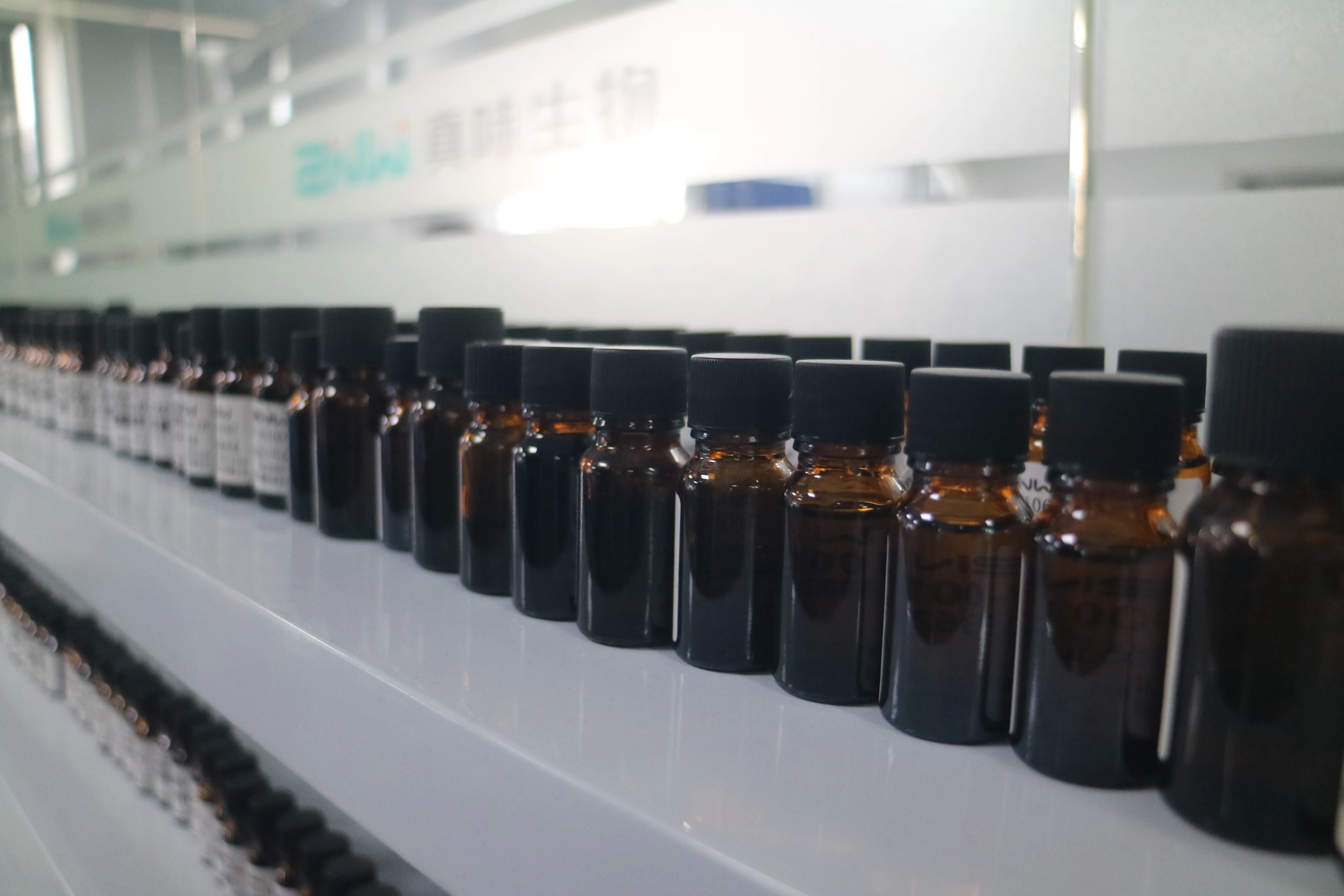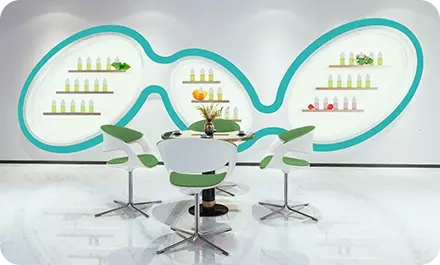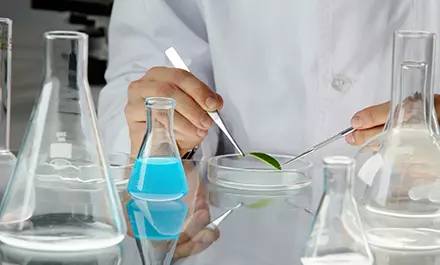
After making ejuice, how long can i store it for?
Electronic Smoking has become a popular trend in recent years. However, with the increase in popularity, many people have started experimenting with the production of e-juice at home. E-juice is a liquid that is used to produce vapor in an electronic cigarette. It is a combination of vegetable glycerin (VG), propylene glycol (PG), flavors, and nicotine (optional). The production of e-juice at home has gained momentum and has become a preferred choice for many people. But, after making e-juice how long can I store it for? This essay aims to discuss the shelf life of e-juice, the factors affecting it, and how to store e-juice to prolong its life.
E-juice shelf life is an important aspect to consider for e-cigarette vapers. This is because, with time, the flavor of the e-juice deteriorates, and loses its potency. For some people, the nicotine concentration may also change, making it either too strong or too weak. Vapers prefer to store e-juice to avoid spoilage and retain its freshness. The shelf life of e-juice mainly depends on the ingredients used and the storage conditions.
One of the primary ingredients in e-juice is VG, which has a long shelf life of up to two years. On the other hand, PG and nicotine have a short shelf life, which directly impacts the shelf life of e-juice. PG has a shelf life of eighteen months. However, it can last longer if the container is tightly sealed and kept away from direct sunlight. Nicotine, on the other hand, has an unstable shelf life of six months and can spoil easily when exposed to light and air. Flavors are the most volatile ingredient in e-juice and have the shortest shelf life of around one year.

The additives also play a crucial role in the shelf life of e-juice. Some additives, such as sweeteners and sour flavors, can make the mixture more prone to bacterial growth, which can spoil the e-juice. It is therefore important to only use recommended additives for e-juice production.
The storage conditions also impact the shelf life of e-juice. UV light causes oxidation of the e-juice, making it lose its freshness and discolor. It may also cause the nicotine to break down, making the e-juice less potent. Heat is another factor that adversely affects the quality of e-juice. It quickens the rate of oxidation and bacterial growth, thus shortening the shelf life. Therefore, storing e-juice in a cool and dark place is the best way to prolong its shelf life.
The most effective way to store e-juice is in the freezer. Freezing completely halts all bacterial and fungal activity, preventing the decomposition of the e-juice. Freezing, however, may impact some of the flavors, making them less potent. Therefore, it is important to leave some room for the e-juice to expand to avoid container breakage.
If freezing is not an option, the next best option is to store e-juice in a cool and dark place, such as a cupboard. It is essential to avoid direct sunlight and heat, as this will cause the e-juice to lose its potency quickly.
Another important point to keep in mind is to store e-juice in a tightly sealed container. Allowing air into the container causes oxidation, which can cause the e-juice to spoil quickly. Airtight containers such as glass bottles or plastic containers are best for storage.
In conclusion, after making e-juice, the shelf life depends on the ingredients, storage conditions, and additives used. VG has a long shelf life, while PG, nicotine, and flavors have shorter shelf lives. Additives that promote bacterial growth can spoil e-juice quickly. Light, heat, and air dramatically affect e-juice quality and should, therefore, be avoided. Freezing e-juice is the best storage option and should be preferred where possible. If freezing is not possible, dark cool places should be used while ensuring the container is tightly sealed. By practicing proper storage techniques, e-juice can last up to two years, maintaining its flavor and potency. As a rule of thumb, ensure that e-juice is always checked before vaping, as storing e-juice for a long time may compromise its quality and safety.

We will contact you as soon as possible









